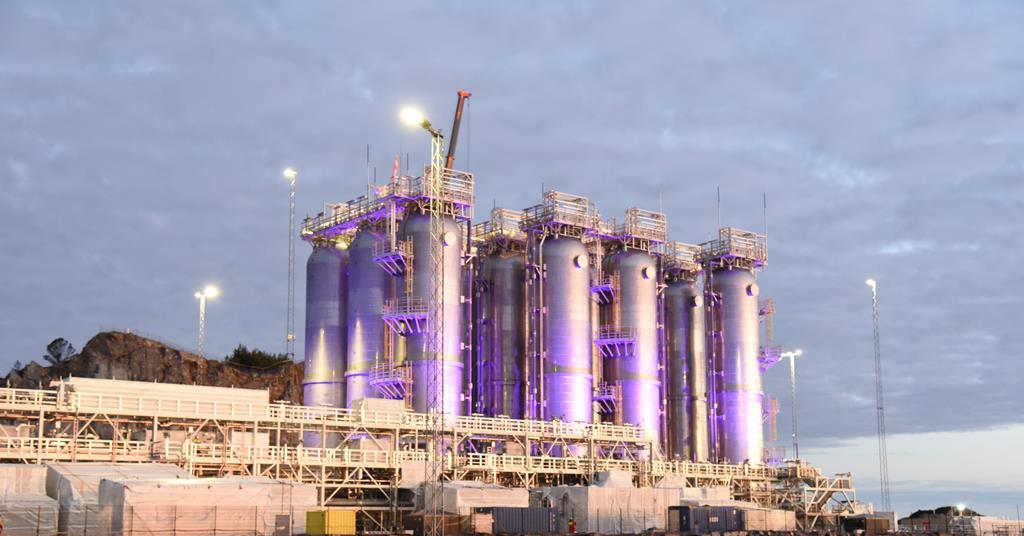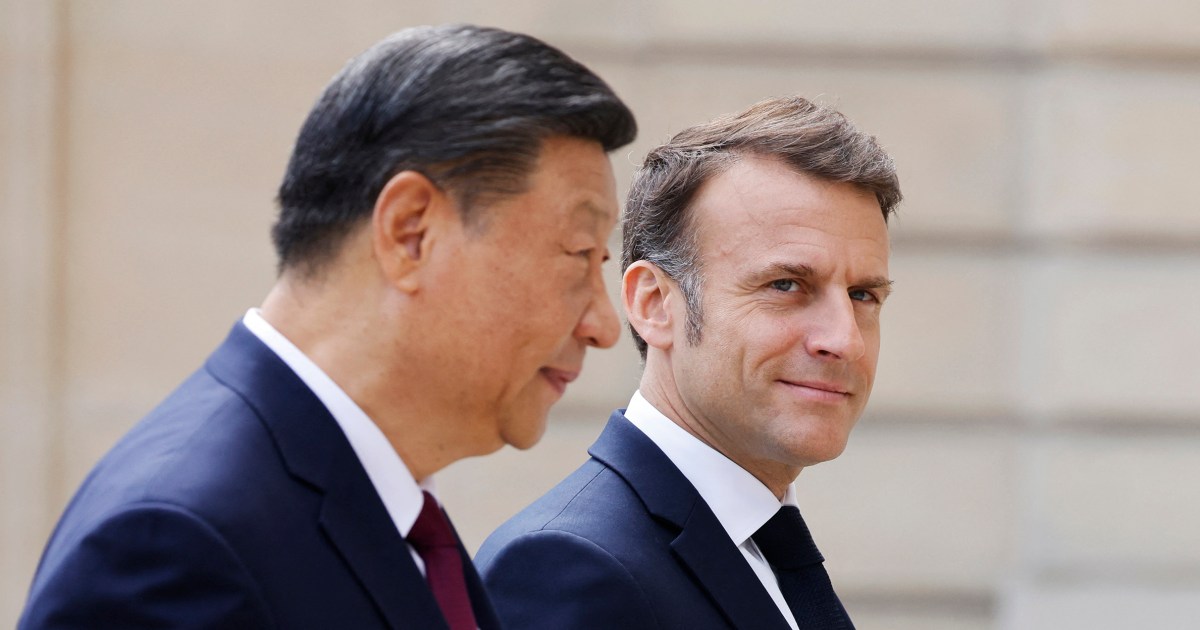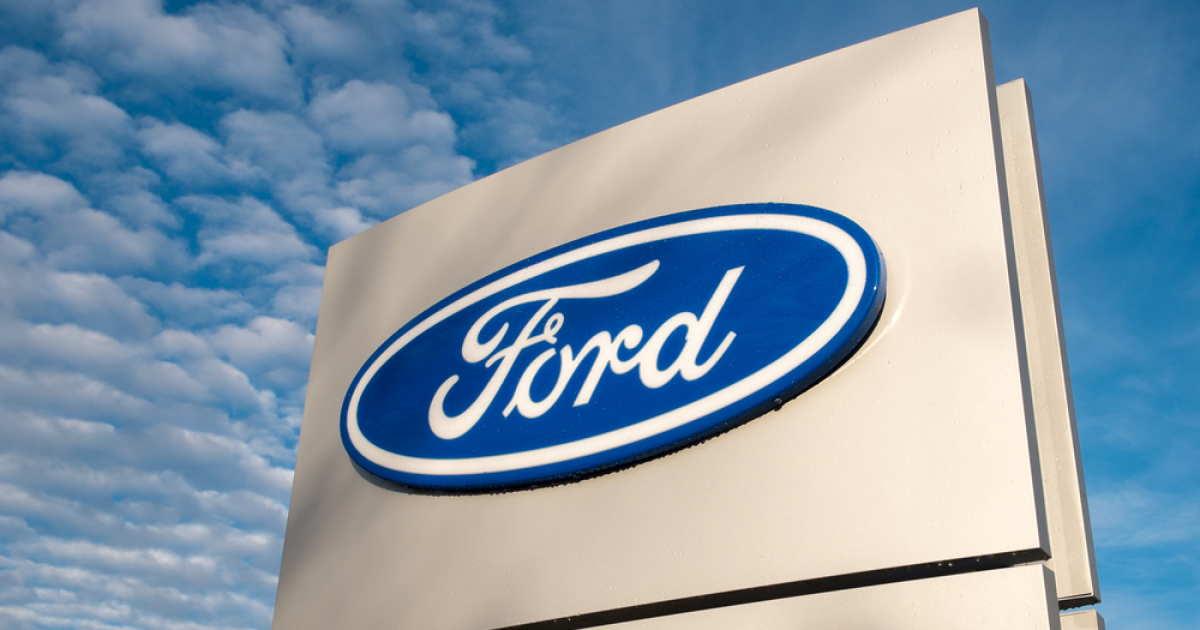Bussiness
Carbon capture making slow progress in UK and Europe

The UK government has confirmed almost £22 billion funding to kickstart the country’s first carbon capture, transport and storage (CCS) projects in the UK. The money, to be made available over 25 years, is seen by industry as critical to de-risk these early projects, and bring in the estimated £8 billion private investment needed to build them.
The funding – originally proposed by the Conservative government in 2023, although without any formal plan – will support two clusters, on Teesside and Merseyside. They aim to develop a combined offshore carbon dioxide storage capacity of 8.5 million tonnes per year, and capture CO2 streams from methane-based blue hydrogen production, gas fired power and energy-from-waste plants.
The UK aims to store 20–30 million tonnes of carbon dioxide by 2030. But none of the projects supported by the announcement on 4 October has reached a final investment decision, and there’s no clarity on the pipeline of future projects that would fill the storage sites. These include CCS on cement and lime facilities that began negotiations for support with the previous government.
Olivia Powis, chief executive of the Carbon Capture and Storage Association (CCSA) says the targets are achievable. ‘It can still be done, but we can’t have a big hiatus now between track one and the next projects. They need to move.’
There’s no one who has a complete overview of the whole CO2 supply chain – capture, cleaning, conditioning, transport and then injection
‘We are hoping that alongside setting out the next steps, the forthcoming industrial strategy is going to provide a strong signal in terms of identifying industries and their route to decarbonisation, with dates and deadlines,’ she adds. ‘This is what we’ve been missing – we haven’t had an industrial strategy that sets out how the government is going to prioritise dealing with these industries.’
The funding will take the form of revenue support under ‘contracts for difference’ – in which government will bear some of the additional cost of using CCS. How much support is required will depend, for example, on the difference between the carbon price in the UK’s Emissions Trading Scheme (ETS) and the cost of CCS. At present the carbon price is around £36, while Offshore Energies UK estimate the costs of CCS today range from £115 to £165 per tonne. Government modelling suggests that gap will close with a carbon price potentially as high as £118 by 2030.
In the EU too, there are questions about the pace of projects to achieve its 2030 target of storing 50 million tonnes a year by 2030. In September, for example, it was revealed that a project to construct pipelines to take carbon dioxide from Germany to the Netherlands won’t be operating until 2032 – four years later than planned. Chris Davies, who heads up CCS Europe and helped develop the bloc’s first CCS legislation, bemoans a lack of political leadership from the European Commission: ‘It’s started to provide a lot of technical support, but not political tub-thumping, “we need to do this stuff, get-on-with-it” leadership. Fundamentally, it comes down to each individual government putting in place a CCS development strategy, and providing the financial support that’s needed to bridge the gap (between the carbon price and the cost of CCS).’
He notes that, so far this year, no substantial projects have reached a final investment decision. The most recent is Orsted’s Kalundborg CCS hub, which aims to capture 430,000 tonnes of CO2 per year from two power plants in Denmark. It will ship carbon dioxide to Norway’s Northern Lights storage reservoir in the northern North Sea. Northern Lights’ first 1.5 million tonnes a year store will begin accepting carbon dioxide in 2025. Another transport and storage project, Porthos at the port complex of Rotterdam in the Netherlands, is expected to begin operating in 2026.
However, some heavy industries in Europe are concerned that the standards set for carbon dioxide purity are too onerous to meet.
If better quality material is used to resist corrosion, the [capital cost] will be higher. But overall, less money will be spent on cleaning the CO2
Both Northern Lights and Porthos say they’ve designed their specifications to ensure process safety and technical integrity of the infrastructure, as they’ll take CO2 from multiple emitters. Work on a pan-European standard began in September but won’t be published until mid-2026 at the earliest.
Audun Drageset, senior engineer for CCUS and materials technology at Danish technical services provider DNV, helped develop Northern Lights latest specifications. He points out that while ‘individual projects have experience of transporting and storing carbon dioxide where you have a single source of CO2 and you have control [over it], now we’re starting to look at what happens when we mix different sources.’ One issue is solid particles – either from the CO2 source or reactions between impurities – which could potentially block pore spaces in storage reservoirs over time.
But of particular concern is the formation and subsequent drop-out of acids like sulfuric and nitric acids. ‘By drop-out we refer to the formation of a separate acid phase,’ Drageset explains. These acids are produced when hydrogen sulfide, SOx and NOx react in the presence of water and oxygen. Unless the acids remain dissolved in CO2, they will corrode pipelines and other parts of the infrastructure, he adds.
Eric de Coninck, a former project manager in ArcelorMittal’s technical team, says the steel company is investigating and engineering a means to reduce NOx emissions below 5ppm, but that is still above Northern Lights’ 1.5 ppm limit. ‘There are trade-offs,’ he saya. ’If better quality material is used for pipework to resist corrosion, the [capital cost] will be higher at the start of a project. But overall, less money will be spent on cleaning the CO2. In the steel industry, the cleaning cost could be as high €20–25 a tonne.’
Moreover, cleaning and compressing carbon dioxide at only one site before it is transported out to sea could deliver economies of scale, and the storage operator would have control of purity levels, he adds.
De Coninck notes that projects in the Middle East plan to keep pre- and post-combustion CO2 separated in different pipelines, while in India the intention is to dehydrate and compress CO2 for storage directly underground. That changes the economics of CCS in Europe, potentially encouraging the departure of the industry from Europe. Saving on carbon dioxide cleaning costs could mitigate the expense of exporting steel to Europe, he suggests.
‘There’s no one who has a complete overview of the whole CO2 supply chain – capture, cleaning, conditioning, transport by ship (or pipeline) and then injection. Everybody is trying to optimise their part of the supply chain. Ship transporters want very clean CO2, at high density so they can take more CO2 [per trip]. But that increases the cost for the emitter.’
Today, over 40 commercial CCS projects are operating around the world but, notes the Clean Air Task Force, they are mainly focused on higher purity emissions from single sources where carbon dioxide can be more easily separated. The challenge, it says, is now applying that technology to a diverse set of industries to maximise the climate benefit.










